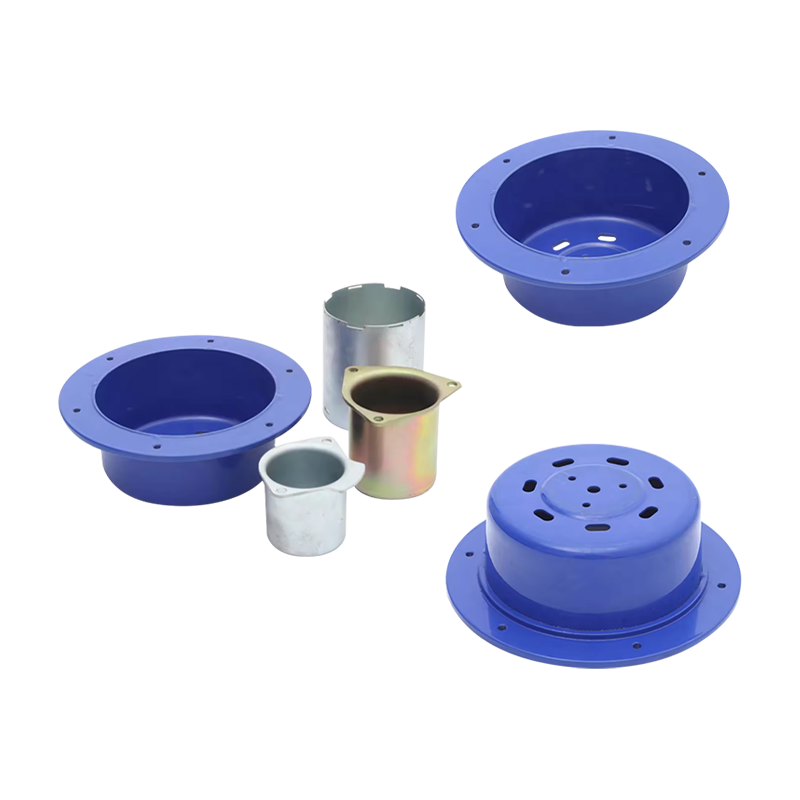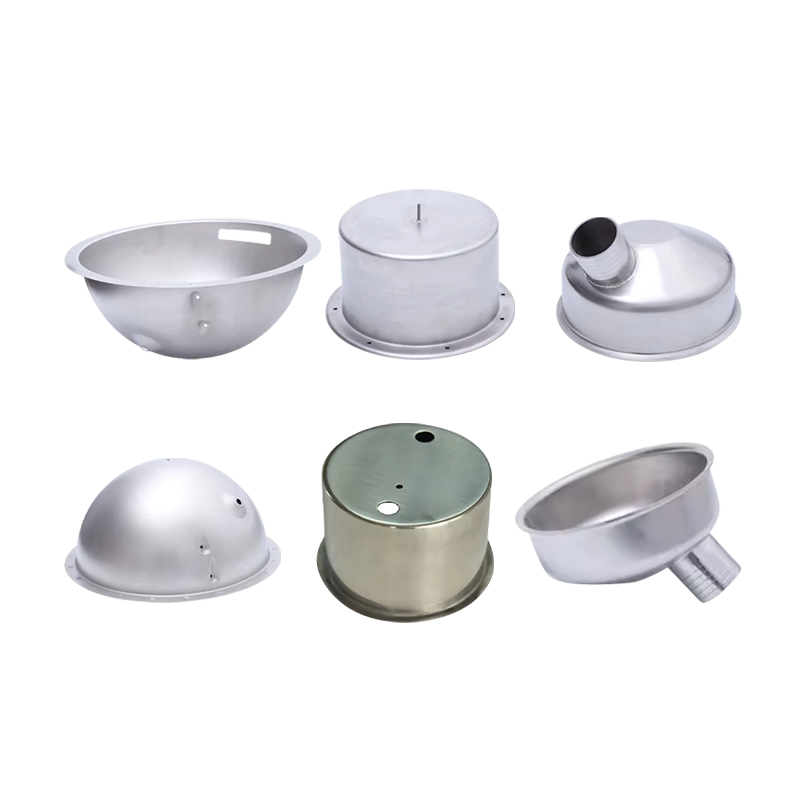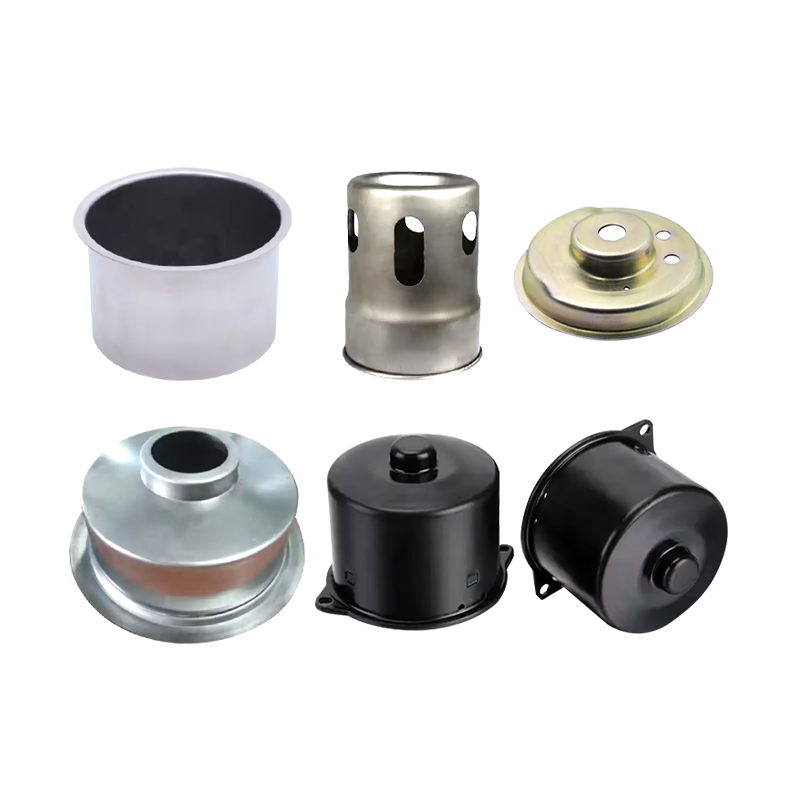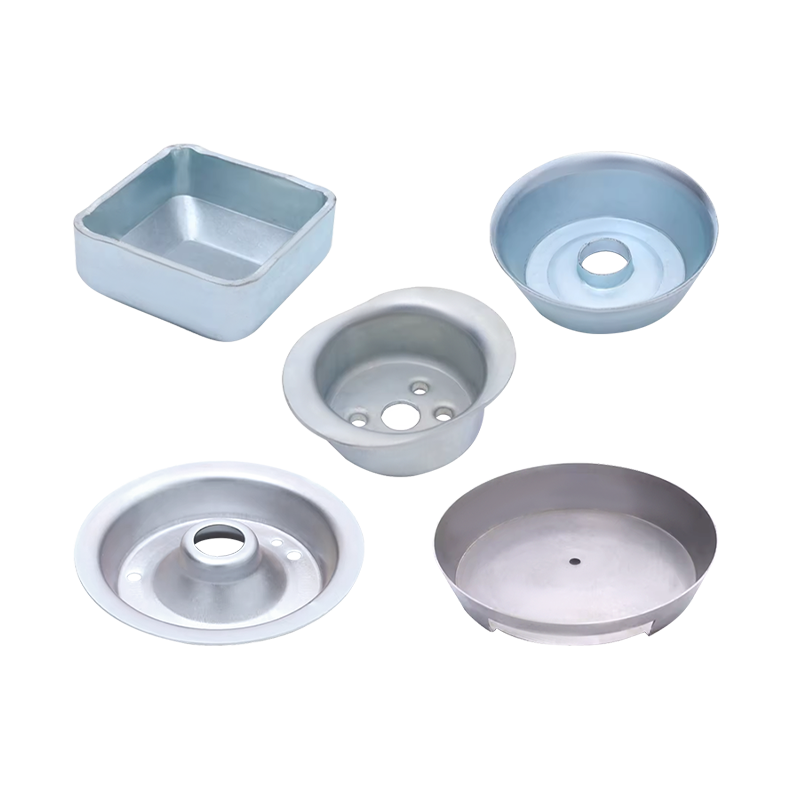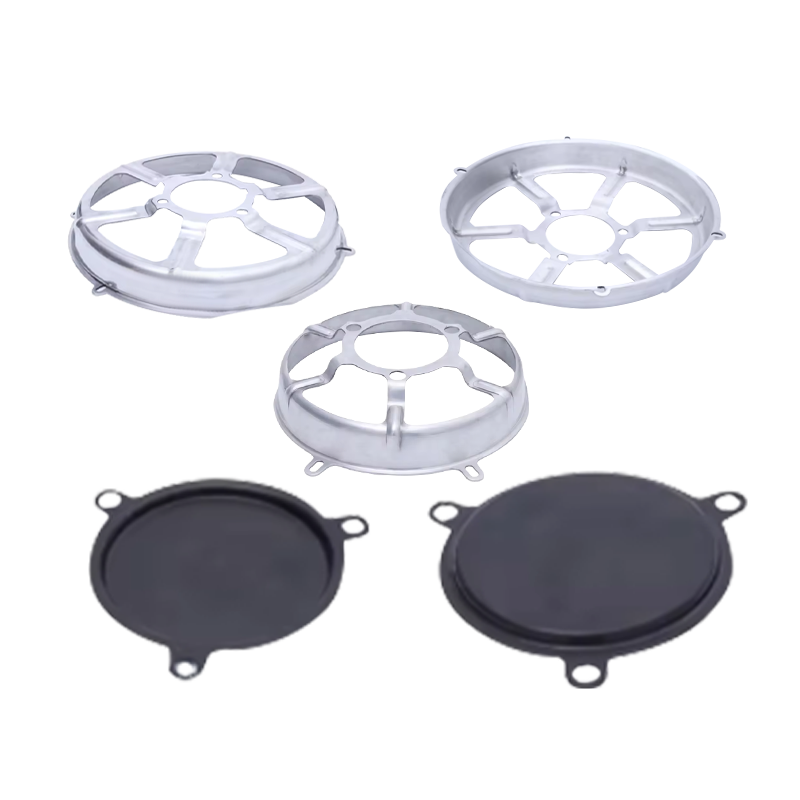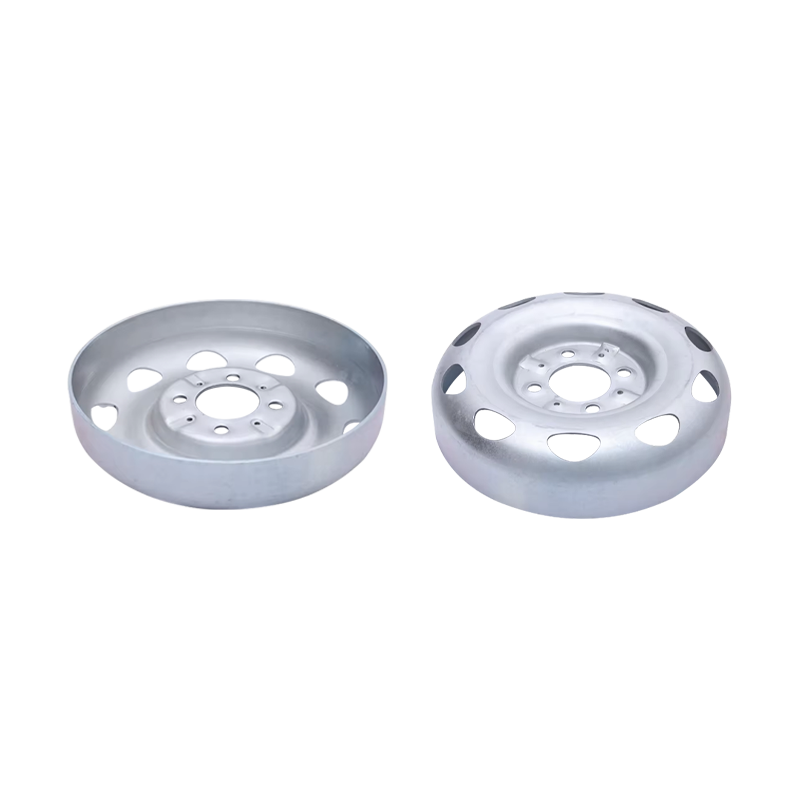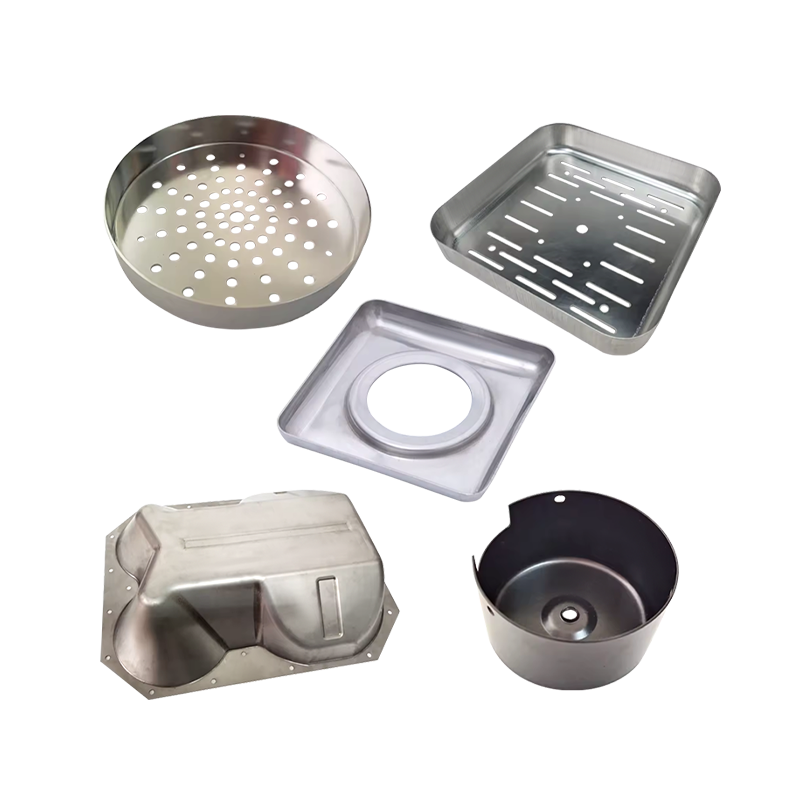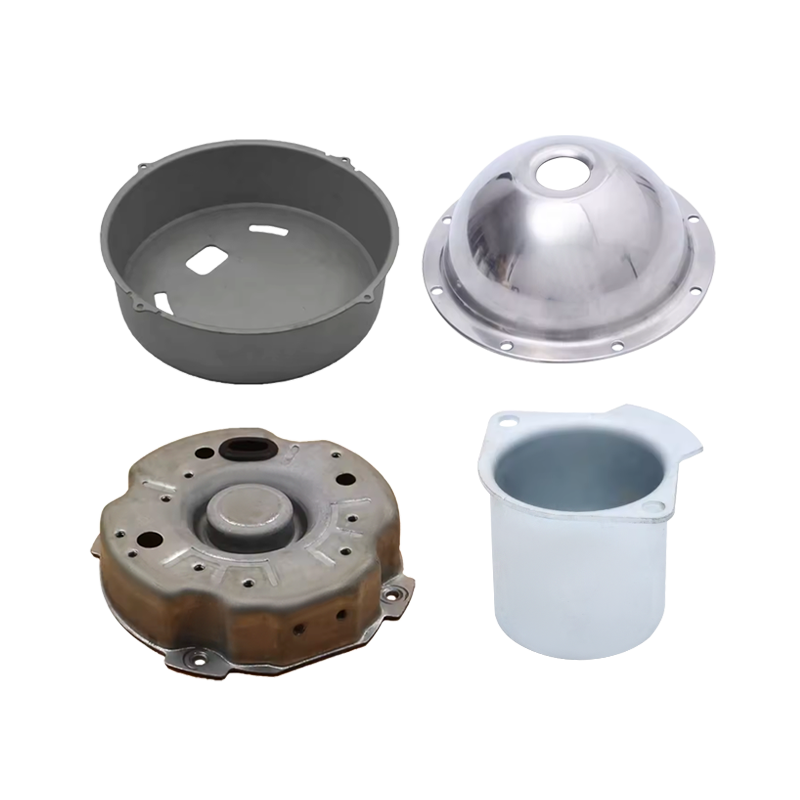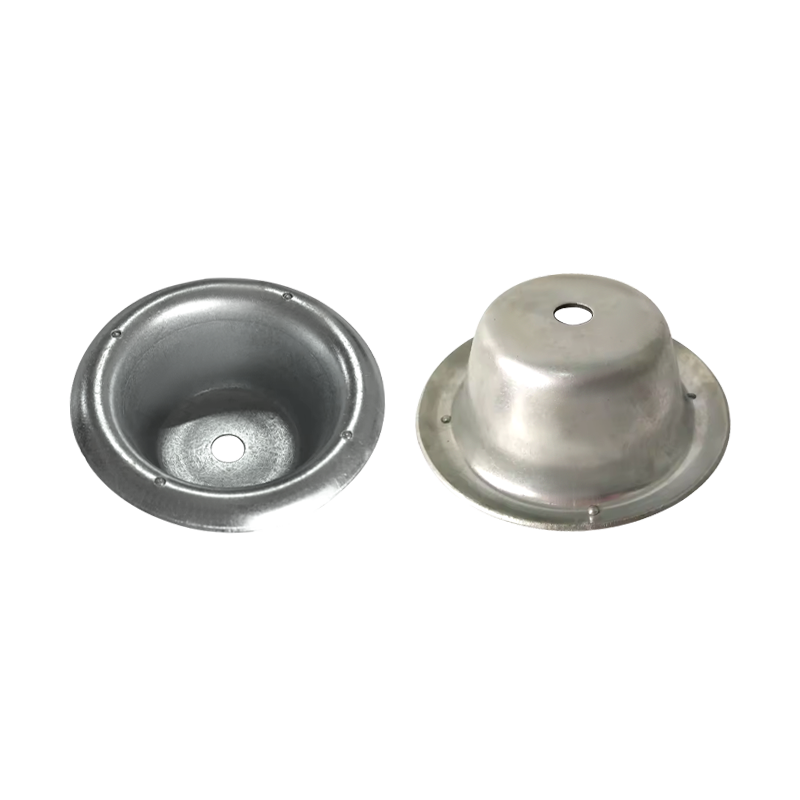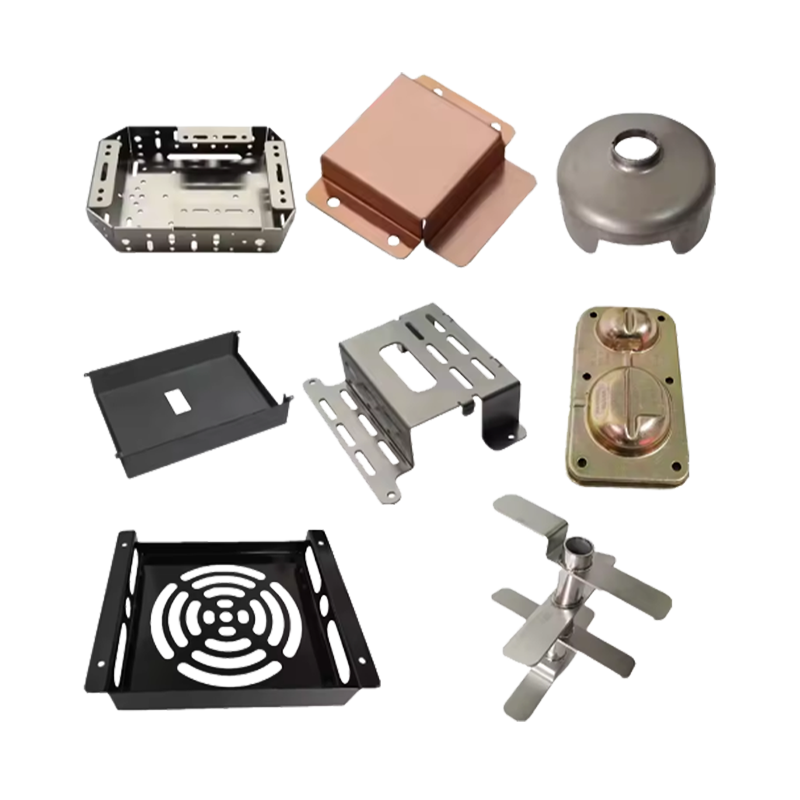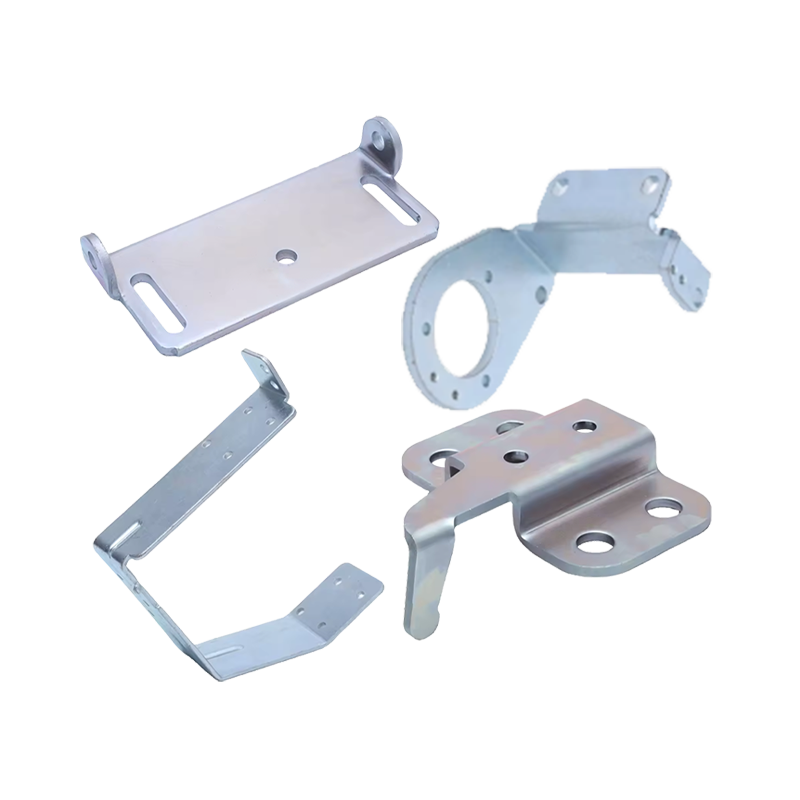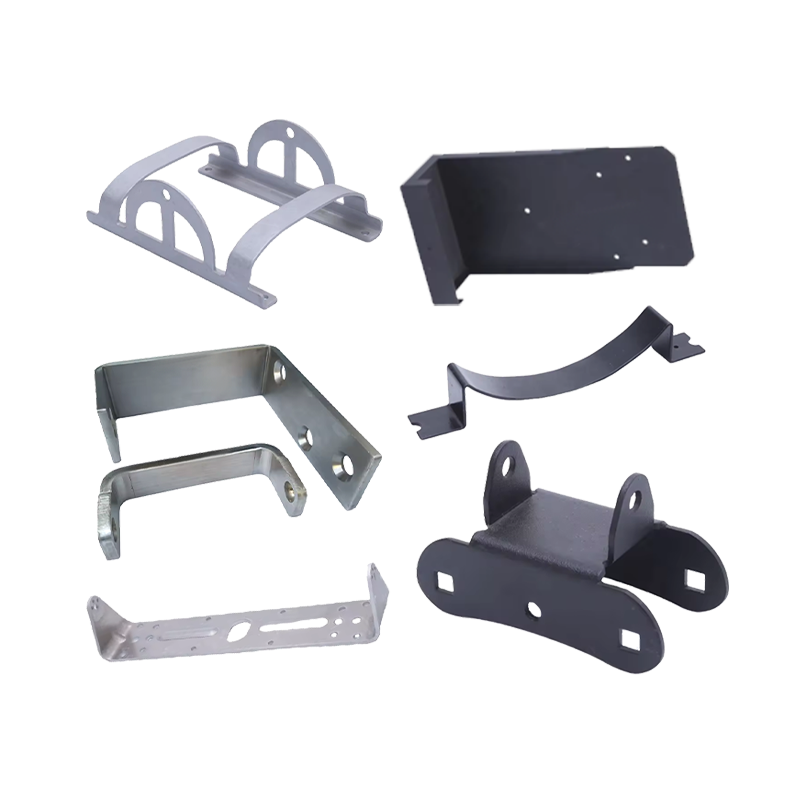Web Menu
Product Search
Exit Menu
News categories
RECENT POSTS
-
What are Metal Bending and Drawing Parts?
Dec 02,2025 -
Precision Deep Drawing & Metal Stamping Solutions | High-Volume Manufacturing Expertise
Dec 01,2025 -
Which Round Stainless Steel RV Small Cooker Sink With Glass Saves Space? Exploring Space-Efficient Solutions for Mobile Living
Nov 28,2025 -
When Selecting Metal Prts, How to Quickly Match the Mechanical Properties with Actual Application Scenarios?
Nov 21,2025 -
Guide to Selecting 304 Stainless Steel Pig Water Bowls: A Comprehensive Breakdown of Corrosion Resistance and Easy-Cleaning Key Points
Nov 14,2025
How to Avoid Wrinkling and Cracking in Stainless Steel Deep Drawing Parts Production?
Content
- 1 Understanding the Root Causes of Wrinkling and Cracking in Deep Drawing
- 2 Step 1: Select the Right Stainless Steel Grade for Deep Drawing
- 3 Step 2: Optimize Blank Holder Force (BHF) to Prevent Wrinkling
- 4 Step 3: Refine Die Design to Reduce Stress and Material Waste
- 5 Step 4: Apply High-Quality Lubrication to Minimize Friction
- 6 Step 5: Control Process Parameters (Speed, Temperature) for Uniform Forming
- 7 Step 6: Implement Post-Drawing Inspections and Process Improvements
- 8 Conclusion: A Systematic Approach to Defect-Free Deep Drawing
Understanding the Root Causes of Wrinkling and Cracking in Deep Drawing
Stainless steel deep drawing is a precision metal-forming process that shapes flat stainless steel sheets into complex, hollow parts—used in industries from automotive to medical devices. However, two common defects often disrupt production: wrinkling and cracking. Wrinkling typically occurs when the metal sheet’s outer edges (known as the “blank holder area”) experience insufficient tension during drawing, causing excess material to fold or bunch up. Cracking, by contrast, stems from excessive stress on the metal—either due to uneven force distribution, improper material selection, or inadequate lubrication—that exceeds the stainless steel’s tensile strength, leading to fractures, especially in tight-radius areas. Both defects not only ruin parts but also waste materials, time, and labor. Addressing them requires targeted fixes that align with the physics of the deep drawing process and the unique properties of stainless steel.
Step 1: Select the Right Stainless Steel Grade for Deep Drawing
Not all stainless steel grades are equally suited for deep drawing—choosing the correct alloy is the first line of defense against wrinkling and cracking. Stainless steel’s formability is determined by its ductility (ability to stretch without breaking) and work-hardening rate (how quickly it becomes harder during forming).
Austenitic stainless steels (e.g., 304, 316) are the most popular for deep drawing. They offer high ductility and a low work-hardening rate, meaning they can stretch uniformly without becoming brittle or developing cracks. Grade 304, in particular, is ideal for deep, complex parts due to its balanced strength and formability.
Ferritic stainless steels (e.g., 430) have lower ductility and higher work-hardening rates, making them better suited for shallow draws rather than deep, multi-stage processes. Using ferritic grades for deep parts increases the risk of cracking, as the metal hardens too quickly under stress.
Additionally, check the material’s thickness consistency. Stainless steel sheets with uneven thickness (more than 0.1mm variation) can lead to uneven force distribution during drawing—thinner areas may stretch too much (cracking), while thicker areas may cause excess material buildup (wrinkling). Always source sheets with tight thickness tolerances for deep drawing projects.
Step 2: Optimize Blank Holder Force (BHF) to Prevent Wrinkling
Blank Holder Force (BHF)—the pressure applied to the outer edge of the stainless steel sheet during drawing—is critical for controlling material flow and preventing wrinkling. Too little BHF allows the blank holder area to move freely, leading to excess material that folds into wrinkles. Too much BHF, however, restricts material flow, increasing tension on the part’s walls and raising the risk of cracking.
To optimize BHF:
1.Start with a baseline: For austenitic stainless steels (e.g., 304), begin with a BHF of 10–15% of the drawing force (calculated based on the material’s yield strength and the part’s surface area).
2.Adjust incrementally: Test the initial BHF on a small batch of parts. If wrinkling appears, increase BHF by 5–10% increments until wrinkles disappear. If cracking occurs, decrease BHF slightly—this balances tension while still controlling material flow.
3.Use variable BHF for complex parts: For parts with uneven depths (e.g., those with flanges or tight radii), use a blank holder with adjustable pressure zones. This ensures higher BHF in areas prone to wrinkling (e.g., wide flanges) and lower BHF in areas at risk of cracking (e.g., deep cavities).
Modern deep drawing presses often include digital BHF controls, allowing real-time adjustments to maintain consistency across production runs.
Step 3: Refine Die Design to Reduce Stress and Material Waste
Die design directly impacts how stainless steel flows and withstands stress during drawing—poorly designed dies are a major cause of both wrinkling and cracking. Key design adjustments to minimize defects include:
Optimize die radii: The “corner radius” of the die (where the flat sheet bends into the die cavity) is critical. Too small a radius (less than 2–3 times the material thickness) creates sharp bends that concentrate stress, leading to cracking. Too large a radius can cause excess material to accumulate, leading to wrinkling. For most stainless steel deep draws, a die radius of 3–5 times the sheet thickness balances material flow and stress distribution.
Smooth die surfaces: Rough or scratched die surfaces increase friction between the stainless steel and the die, which can cause uneven material flow (wrinkling) or scrape the metal (weakening it and leading to cracking). Polish die surfaces to a finish of Ra 0.4μm or smoother, and inspect regularly for wear or damage.
Add draw beads (if needed): For parts with large blank holder areas (e.g., wide flanges), add small, raised “draw beads” to the die’s blank holder. These beads create controlled resistance, slowing material flow and preventing excess material from bunching into wrinkles—without adding excessive tension.
Prototyping dies with these adjustments before full production can help identify and fix design flaws early, reducing costly defects later.
Step 4: Apply High-Quality Lubrication to Minimize Friction
Friction between the stainless steel sheet and the die/compressor is a hidden culprit behind both wrinkling and cracking. Excess friction restricts material flow, causing the metal to stretch unevenly—thinner areas crack, while thicker areas wrinkle. Proper lubrication reduces friction, allowing the metal to slide smoothly through the die and distribute stress uniformly.
When selecting and applying lubricant for stainless steel deep drawing:
Choose the right type: Use lubricants formulated specifically for stainless steel—these often contain extreme pressure (EP) additives that withstand the high forces of deep drawing. For austenitic grades, oil-based or synthetic lubricants (with a viscosity of 100–200 cSt at 40°C) work best; avoid water-based lubricants for deep draws, as they can evaporate or break down under heat.
Apply a consistent layer: Use a spray or roller to apply a thin, even layer of lubricant to both sides of the stainless steel sheet. Too little lubricant causes friction; too much can lead to lubricant buildup in the die, which disrupts material flow and causes wrinkling. Aim for a thickness of 5–10μm.
Reapply as needed: For multi-stage deep drawing (where parts are formed in multiple passes), reapply lubricant between stages. The metal’s surface can wear away lubricant during each draw, increasing friction in subsequent steps.
Step 5: Control Process Parameters (Speed, Temperature) for Uniform Forming
Even with the right material, die design, and lubrication, improper process parameters can still cause defects. Two critical parameters to control are drawing speed and temperature:
Drawing speed: Stainless steel stretches most uniformly at moderate speeds. Too fast a speed (exceeding 50 mm/s for austenitic grades) doesn’t give the metal enough time to flow evenly, leading to localized stress and cracking. Too slow a speed (less than 10 mm/s) can cause the metal to cool (if the process generates heat) or stick to the die, leading to wrinkling. Test speeds in the 20–40 mm/s range and adjust based on part quality.
Temperature control: Deep drawing generates heat due to friction and work hardening. For stainless steel, excessive heat (above 150°C) can reduce ductility, making the metal more prone to cracking. To prevent overheating:
Use cooled dies (via water jackets) for high-volume production.
Pause production briefly every 50–100 parts to allow the die and metal to cool.
Avoid stacking freshly drawn parts—heat trapped between parts can weaken the metal and cause post-forming cracking.
Step 6: Implement Post-Drawing Inspections and Process Improvements
Preventing wrinkling and cracking doesn’t end with production—regular inspections and continuous improvement are key to long-term defect reduction.
Inspect parts immediately after drawing: Use visual inspections to check for surface wrinkles or cracks, and use calipers to measure wall thickness (uneven thickness indicates stress points that may lead to cracking). For critical parts, use non-destructive testing (NDT) methods like ultrasonic testing to detect hidden cracks.
Track defect patterns: Log the type, location, and frequency of defects (e.g., “wrinkling on flange edges” or “cracking at die radius”). This data helps identify root causes—for example, if cracks consistently appear in the same area, the die radius may need adjustment.
Train operators: Ensure production staff understand how to adjust BHF, apply lubricant, and monitor process parameters. Even small operator errors (e.g., uneven lubrication or incorrect BHF settings) can lead to defects, so regular training on best practices is essential.
Conclusion: A Systematic Approach to Defect-Free Deep Drawing
Avoiding wrinkling and cracking in stainless steel deep drawing requires a systematic approach—starting with material selection and extending through die design, process control, and post-production inspection. By choosing ductile stainless steel grades, optimizing blank holder force, refining die geometry, using high-quality lubrication, controlling speed and temperature, and implementing regular inspections, manufacturers can significantly reduce defects. The goal is to balance material flow (to prevent wrinkling) and stress distribution (to prevent cracking)—a balance that comes from understanding the unique properties of stainless steel and the physics of the deep drawing process. With these steps, production teams can consistently create high-quality, defect-free stainless steel deep drawing parts.
Metal Animal Drinking Bowls: Are Plastic Bowls Prone to Breaking and Hiding Bacteria? Can Metal Versions Solve Livestock Water Hygiene Issues?
What Materials Enhance the Durability of Stamping Parts?
related products
Whether you want to become our partner or need our professional guidance or support in product selections and problem solutions, our experts are always ready to help within 12 hours globally
contact UsPhone:+86 139-5824-9488
FAX :+86 574-86150176
E-mail: [email protected] [email protected]
Address: Unit 2, Building 19, Zhichuangzhizao Park, Chengdong Industrial Zone, Xiangshan, Ningbo,315705, Zhejiang, China

 English
English 中文简体
中文简体 Español
Español